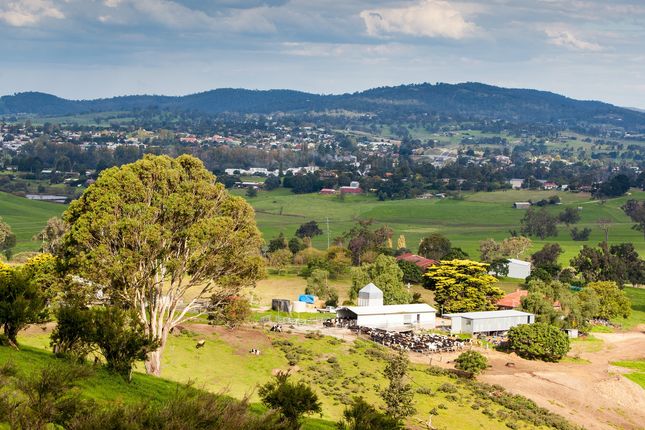The NSW Government has made it easier to build large granny flats on rural land, in a move which could assist over 50s looking for ‘tree change’ style accommodation.
Late last year, the government advised councils they could amend their local plan to support granny flats on rural-zoned land.
Under the change, councils have also been given additional flexibility to stipulate the size of the granny flat - officially known as a secondary dwelling - along with the distance of this dwelling from the main house.
The move was designed to help housing affordability in regional areas.
At least two councils - Bega Valley on the Far South Coast and Hills Shire in Sydney's North-West - have already taken advantage of this change.
Hills Shire Council has used the NSW Government change to initiate an amendment to its local plan which will allow homeowners in rural zones to build granny flats up to 110 square metres in size, or 20 per cent of the floor space of the principal dwellings (whichever is greater).
“This gives our residents the peace of mind and confidence that they can keep their family, such as their children, close,” Hills Shire mayor Michelle Byrne said.
Hills councilor Robyn Preston said: "Empty nesters can downsize, remain on their property and receive a passive income if they rent out the original home or they can provide an affordable smaller dwelling for their children or a young family."
It’s about rural land owners having more choices to remain on their land, especially in their senior years and sharing that space with others who can contribute to maintaining their property."
In May 2021, Bega Valley approved changes which will permit granny flats on land covered by a Primary Production or Rural Landscape zone, subject to development application approval.
Bega Valley Shire Council’s Director of Community, Environment and Planning Alice Howe said secondary dwellings can be used as visitor accommodation for family or friends, accommodation for a young adult or older parents, or rented to a tenant.
Older residents wanting to remain in their community as they age can use the secondary dwelling as a downsizing option,” Dr Howe said.
Under the Bega change, the granny flat can be no larger than 60 square metres, or 30 per cent of the main house size (whichever is greater). It also must be within 250m of, and cannot be subdivided from, the main house.
This change aligns with Council’s Local Strategic Planning Statement 2040, which identifies the need for greater housing diversity in the shire, particularly smaller dwellings, to contribute to improved housing affordability.
“There is a critical shortage of permanent rental accommodation in the shire at the moment,” Dr Howe said.
Landowners can apply for a secondary dwelling by lodging a development application with the council. Importantly, under the change, applicants will not be subject to developer contributions, which will save them almost $10,000 compared to a dual occupancy build.
It's also understood that Wingecarribe Shire Council is also initiating a change to its local plan.
Comment from our CEO
Downsizing.com.au CEO Amanda Graham said the NSW Government’s move opened up many interesting possibilities for over 50s.
We know that - in the post-COVID-19 world - many over 50s are buying rural properties in regional areas, either to live in now or when they retire,” Ms Graham said.
“The ability to also place a granny flat on this land only increases the potential attractiveness of these investments.
“In addition, this planning reform could allow adult children to buy farms or other rural properties and house their parents in the granny flat.
“These planning reform changes will also coincide with changes at the Australian Government level, which are expected to be in place from 1 July and help homeowners build a granny flat and avoid capital gains tax.”
Ms Graham said anyone contemplating building a granny flat should seek independent expert advice on the planning and financial implications of the move.
Find out more:


